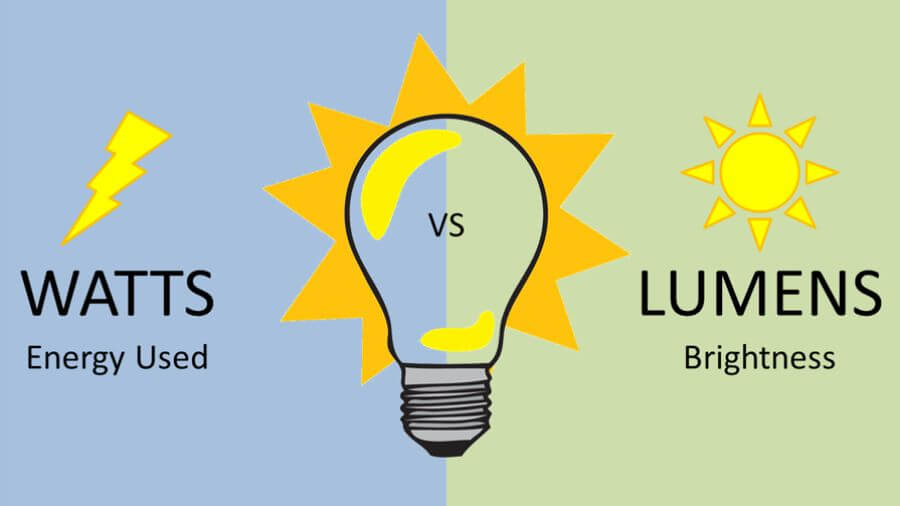Part 2 of the solar lighting design guide is about determining the wattage and Lumen requirements of the project. This varies from fixture to fixture, manufacturer to manufacturer, and higher wattage does not always mean more light or higher lumen output.
Each fixture has a standard LED wattage range. Depending on the application, different wattages can be used to provide the necessary illumination for the application at hand. Working with the solar lighting specialist can help determine the requirements needed for light output.
For example, signs can be illuminated with a range from a 3.4 Watt FLAB mini flood for small signs to up to 25 Watt ARF flood fixtures for large signs and billboard applications. The same thing can be said for overhead lights. Small pedestrian pathways can use either bollard fixtures or overhead fixtures and are usually between 15 and 25 Watts or 1400 and 2600 Lumens and are installed low. Higher lighting requirements of highways and parking lots start around 25 Watts / 2600 Lumens and go up to 70 Watts / 6500 Lumens. Note: The lower the wattage, the less the LED fixture has to work to produce the light…i.e. lower wattage can, at times, equal higher lumen per watt output.
Another factor to take into consideration is the color of the light. Most of the LED fixtures come in a range of 5000K to 3000K CRI. Turtle-friendly lighting is also available for coastal applications. These change the lighting requirements and wattages required to illuminate the same area.
Adaptive lighting controls are another option that can be used in solar lighting applications. If you require a light to meet specific lighting requirements during active periods but don’t necessarily require the same light levels when inactive, adaptive lighting is a great way to reduce power consumption by the light fixture while maintaining lighting on a design. Understanding these options and having an actual photometric showing what the light levels are during the adaptive periods will allow for a better understanding of exactly what will be provided by the fixture.
Finally, knowing the different distribution patterns provided by each fixture will help to determine the coverage each fixture and their corresponding distribution patterns provide. Type II distributions are great for pathways and roadways, whereas Type III and IV are more common for area and parking lot lighting applications.
All the different options above will help determine the best fit for any project. Working with the solar or lighting specialist will ensure that the light levels required are provided and within the scope of solar power. Understanding the difference between Watts vs Lumens and looking at a new way to think about Lumens and Watts through various fixtures and their applications can ensure that the correct fixture will be chosen for the project.


